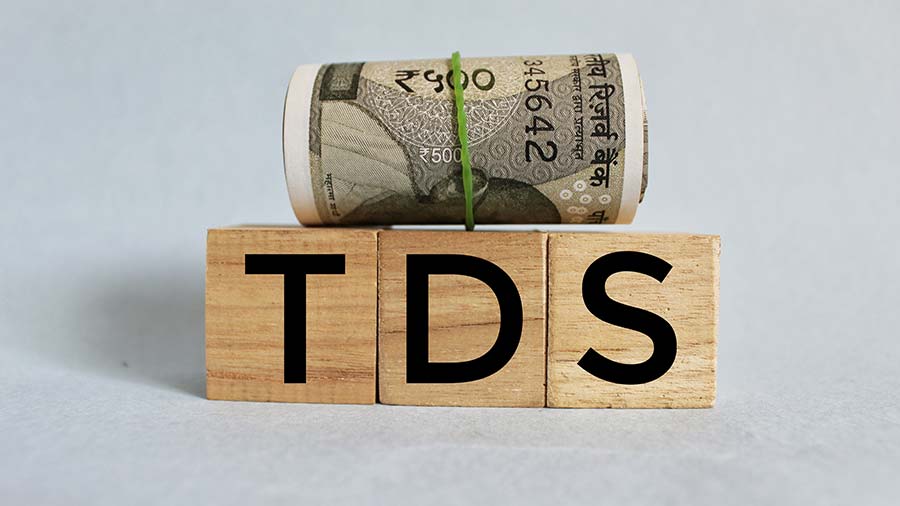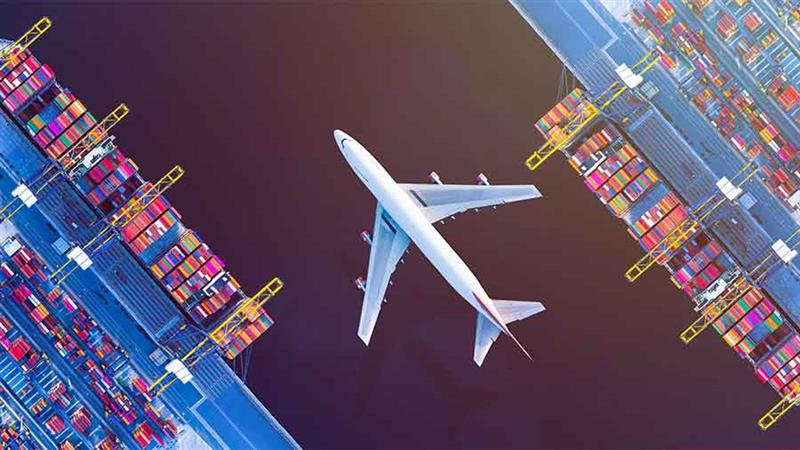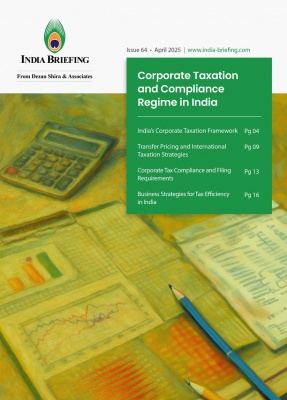India Sets GST Rates, App for July 1 Rollout
By Dezan Shira & Associates
India’s government is keen to roll out its Goods and Services Tax (GST) from July 1 and is speedily laying the groundwork for immediate implementation.
On March 4, two bills (federal GST law and integrated GST law) were finalized by federal and state finance ministers in the GST council, the federal agency regulating the GST. Two more bills now need to be approved by the 36 state and union territory legislatures by March 16 when the council meets again.
Altogether, these four Draft Model GST laws provide the rules for implementing the multi-tier structure of the GST, in terms of its administration, determining federal and state shares of revenue, and the rate of taxation in each goods and services segment. These bills will need to be passed in the ongoing budget session of parliament, which ends in mid-April, for the July rollout to take place.
Once it comes into effect, the GST will function as a national sales tax, and will replace the current convoluted structure of multiple tax duties and levies. The GST will, therefore, treat India as a single market.
![]() RELATED: Tax Compliance Services from Dezan Shira & Associates
RELATED: Tax Compliance Services from Dezan Shira & Associates
GST peak rates fixed, segments yet to be decided
The GST is a tax levied on all goods and services except for alcohol for human consumption. While the federal government will levy the integrated goods and services tax (IGST) on the inter-state trade of goods and services, imported goods will still be subject to the additional customs duty. IGST combines both the federal and state shares of tax revenue, known respectively as central GST or CGST and state GST or SGST.
In March, the GST council pegged the peak tax rate at 40 percent (20 percent collected as federal GST and 20 percent state GST). This precludes the need for parliament approval for any future raise in GST rates and ensures that the final tax rate will not rise above 40 percent.
![]() RELATED: International Tax Planning Services from Dezan Shira & Associates
RELATED: International Tax Planning Services from Dezan Shira & Associates
The government has also capped the tax collected at source (TCS) at one percent under the GST framework, which will be provide some relief to e-commerce companies, who were notably worried over this provision.
The TCS was earlier proposed at one percent without any upper limit attached, which would have raised transaction costs and discouraged sellers on e-commerce platforms. States have been resolute in demanding TCS as it enables tracking of transactions on online retail platforms and ensures compliance, thereby avoiding any loss to state exchequers.
The proposed GST slabs are fixed at 5, 12, 18, and 28 percent. While the GST rates of 12 and 18 percent are defined as the ‘standard rates’, the highest rate of 28 percent will be reserved for white goods, demerit, and luxury goods.
Previously, the GST tax slabs were proposed against specific goods segments. However, besides the ‘demerit and luxury goods’ segment, the remaining segments are yet to be finalized. Moreover, the GST levied on the services sector still remains a murky area as the government has not clarified rates or segments of taxation for supply of services.
![]() RELATED: Corporate Establishment Services from Dezan Shira & Associates
RELATED: Corporate Establishment Services from Dezan Shira & Associates
Business friendly approach, but further clarity needed
The government appears set to achieve its promises to achieve key tax and regulatory reforms after years of delay.
The GST will be a landmark regulation that will increase business efficiency in India and promote transparency, opening the way for future market reforms. Developments in India’s supply chain structure will be key as it seeks to become a manufacturing powerhouse to rival China.
At the same time, the GST laws are yet to clarify the tax structure for the services sector. This is worrisome as India’s services sector is bigger than its manufacturing sector and contributes significantly to the GDP.
The government has, however, attempted to iron out some of the obligatory hiccups accompanied by the GST. For example, the Goods and Services Tax Network (GSTN) – the government’s nodal agency responsible for the IT infrastructure for the administration of the GST – will be launching an offline application tool to facilitate taxpayers to upload their invoices and file their returns.
This particularly benefits startups and micro, small, and medium enterprises (MSMEs) as it curtails their costs of adopting GST norms and ensuring compliance. The offline tool will also allow smooth operation irrespective of limited internet connectivity.
|
Asia Briefing Ltd. is a subsidiary of Dezan Shira & Associates. Dezan Shira is a specialist foreign direct investment practice, providing corporate establishment, business advisory, tax advisory and compliance, accounting, payroll, due diligence and financial review services to multinationals investing in China, Hong Kong, India, Vietnam, Singapore and the rest of ASEAN. For further information, please email india@dezshira.com or visit www.dezshira.com. Stay up to date with the latest business and investment trends in Asia by subscribing to our complimentary update service featuring news, commentary and regulatory insight. |
![]()
![]()
Dezan Shira & Associates Brochure
Dezan Shira & Associates is a pan-Asia, multi-disciplinary professional services firm, providing legal, tax and operational advisory to international corporate investors. Operational throughout China, ASEAN and India, our mission is to guide foreign companies through Asia’s complex regulatory environment and assist them with all aspects of establishing, maintaining and growing their business operations in the region. This brochure provides an overview of the services and expertise Dezan Shira & Associates can provide.
An Introduction to Doing Business in India 2017
An Introduction to Doing Business in India 2017 is designed to introduce the fundamentals of investing in India. As such, this comprehensive guide is ideal not only for businesses looking to enter the Indian market, but also for companies who already have a presence here and want to stay up-to-date with the most recent and relevant policy changes.
 Strategies for Repatriating Funds from India
Strategies for Repatriating Funds from India
In this issue of India Briefing Magazine, we look at issues related to repatriating funds from India. We highlight the unique regulations for sending funds back from India, examine the various strategies companies can make use of while repatriating, and look at remittance procedures for different types of Indian entities. Finally, we give some tips on how expats can remit their Indian money to their home countries.
- Previous Article India’s Digital Payments Push: Incentives on BHIM
- Next Article Strong Growth Prospects for Luxury Market Investors in India























